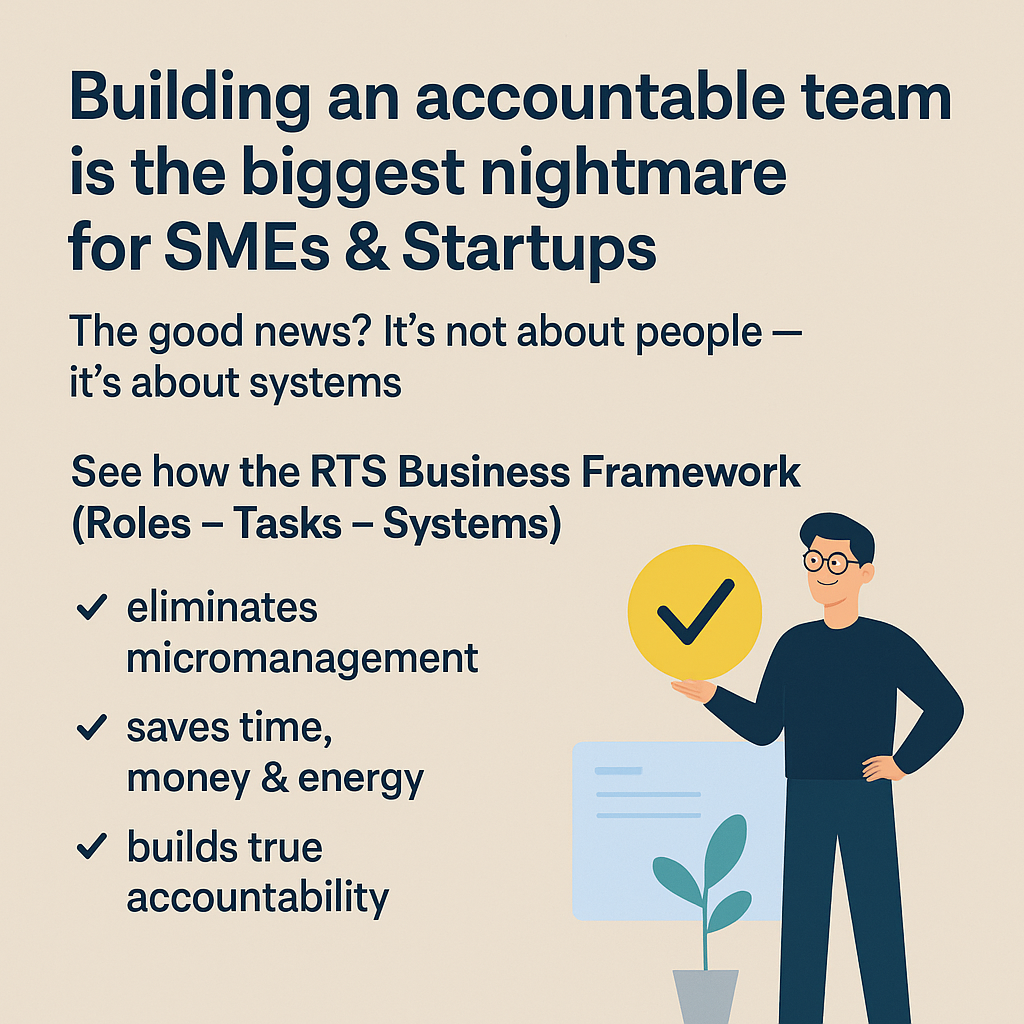Build Effective System
Building system seems nightmare for small & medium business owners however truth is only 1% lives with their dream business who have system & process in place. This is very important.
Building system and process automation involves implementing technology solutions and workflows to streamline and automate repetitive tasks, improve efficiency, and enhance productivity within an organization.
Every organisation has to build its own system & process based on Standard operating system which helps company to have control on each process at all levels including generation of various required analytical reports for decision making.
Following points are part of building systems & process automation-
1) Start by identifying the key processes, tasks, or workflows within your organization that are repetitive, time-consuming, or prone to errors. Look for opportunities to automate tasks such as data entry, document processing, report generation, email notifications, and routine administrative day2day activities.
2) Define clear objectives and goals for automation initiatives. Determine what you have set to achieve through automation, such as reducing costs, improving accuracy, increasing efficiency, or enhancing customer satisfaction. Establish key performance indicators (KPIs) to measure the success of automation efforts.
3) Choose the appropriate automation tools and technologies based on your specific requirements and objectives. This may include robotic process automation (RPA) platforms, workflow automation software, business process management systems, or custom-developed solutions. Consider factors such as ease of integration, scalability, and compatibility with existing systems.
4) Document the existing processes and workflows that you plan to automate. Create flowcharts, process maps, or diagrams to visualize the steps involved, identify dependencies, and understand the sequence of tasks. This will help you identify opportunities for optimization and automation.
5) Design automation workflows that replicate the steps of the manual processes in a digital environment. Define the sequence of tasks, conditions, triggers, and decision points within the workflow. Use automation tools to configure rules, logic, and actions to automate each step of the process.
6) Ensure seamless integration between different systems, applications, and data sources involved in the automated workflows. Use APIs (Application Programming Interfaces), web-hooks, or middle-ware solutions to connect disparate systems and exchange data in real-time. This enables information to flow smoothly between systems without manual intervention.
7) Anticipate potential errors, exceptions, or edge cases that may arise during automated processes. Implement error handling mechanisms, validation checks, and exception handling logic to handle errors gracefully and prevent disruptions to the workflow. Include logging, alerts, and notifications to notify stakeholders of any issues that require attention.
8) Thoroughly test the automation workflows in a controlled environment to ensure that they function as intended and meet the defined objectives. Test various scenarios, edge cases, and data inputs to validate the accuracy, reliability, and efficiency of the automation. Gather feedback from end-users and stakeholders and iterate on the workflows as needed to address any issues or optimize performance.
9) Train employees on how to use and interact with automated systems and processes. Provide guidance, documentation, and support resources to help users understand their roles and responsibilities within the automated workflows. Offer ongoing training and assistance to ensure that users are comfortable with the new tools and processes.
10) Continuously monitor the performance of automated systems and processes to ensure that they are achieving the desired outcomes and meeting KPIs. Track key metrics such as process cycle time, error rates, throughput, and resource utilization. Identify opportunities for optimization, refinement, or expansion of automation initiatives to further improve efficiency and effectiveness.
11) Organisational Structure → Stop hiring team based on their resume rather make organisational structure & look for right people with JD & KRA before listing job requirement. Hiring SOP & Interview Questioner may help to hire most valued people (MVP) in the organisation.
By Above these best practices, organizations can successfully implement system and process automation to streamline operations, reduce manual effort, minimize errors, and drive business growth and innovation.





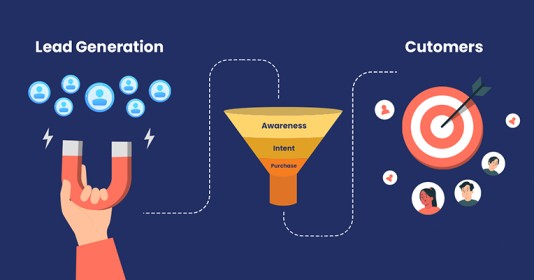
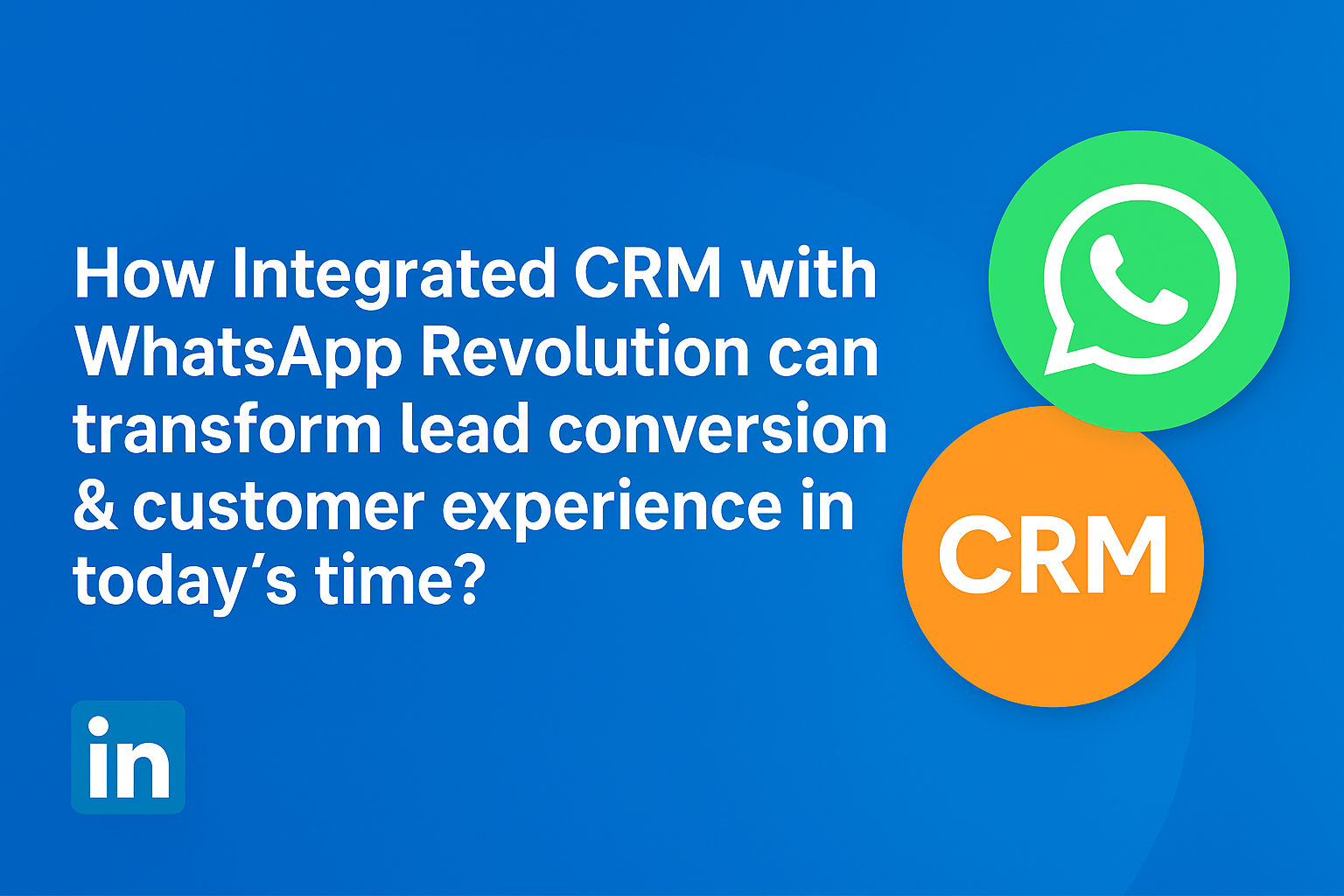




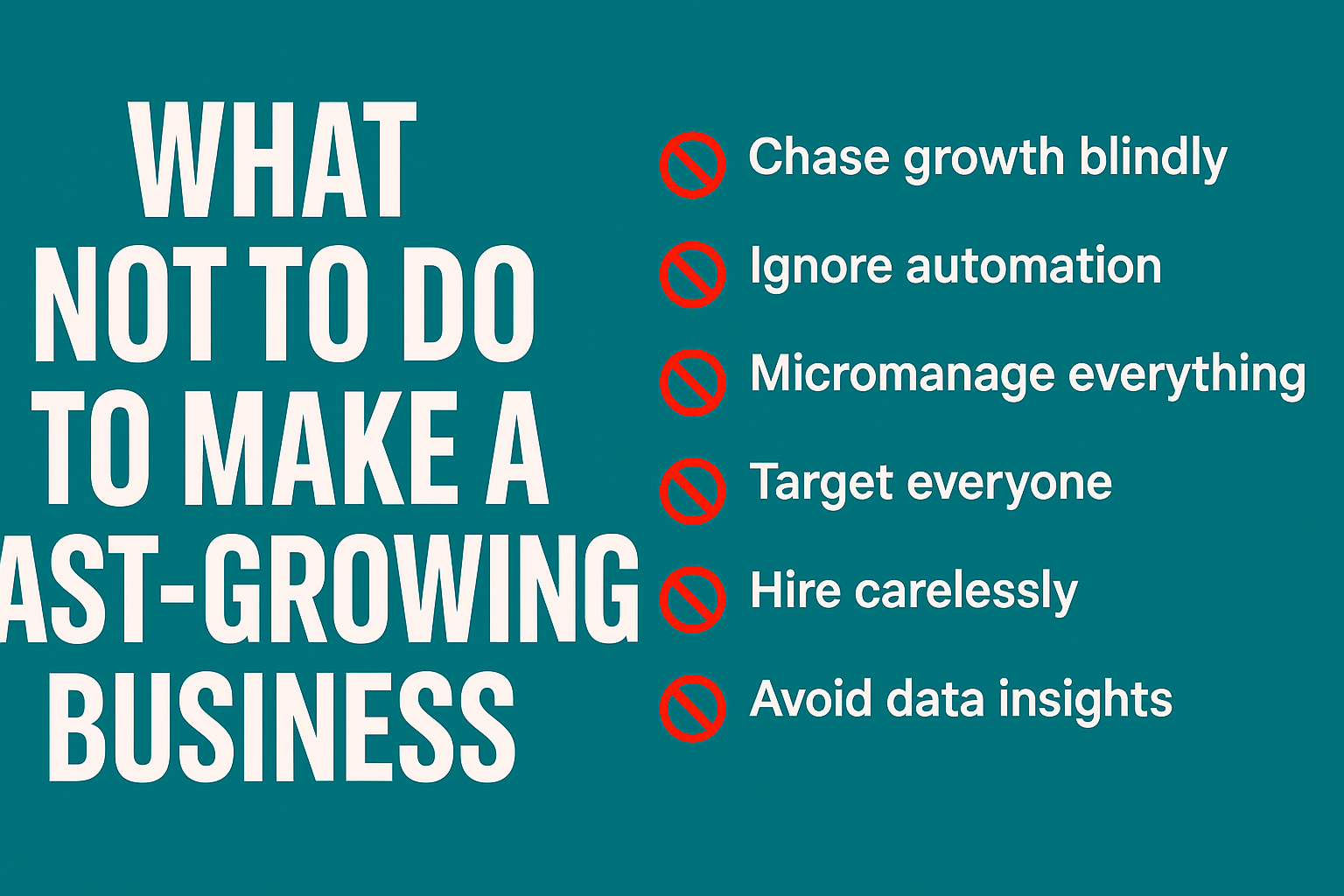
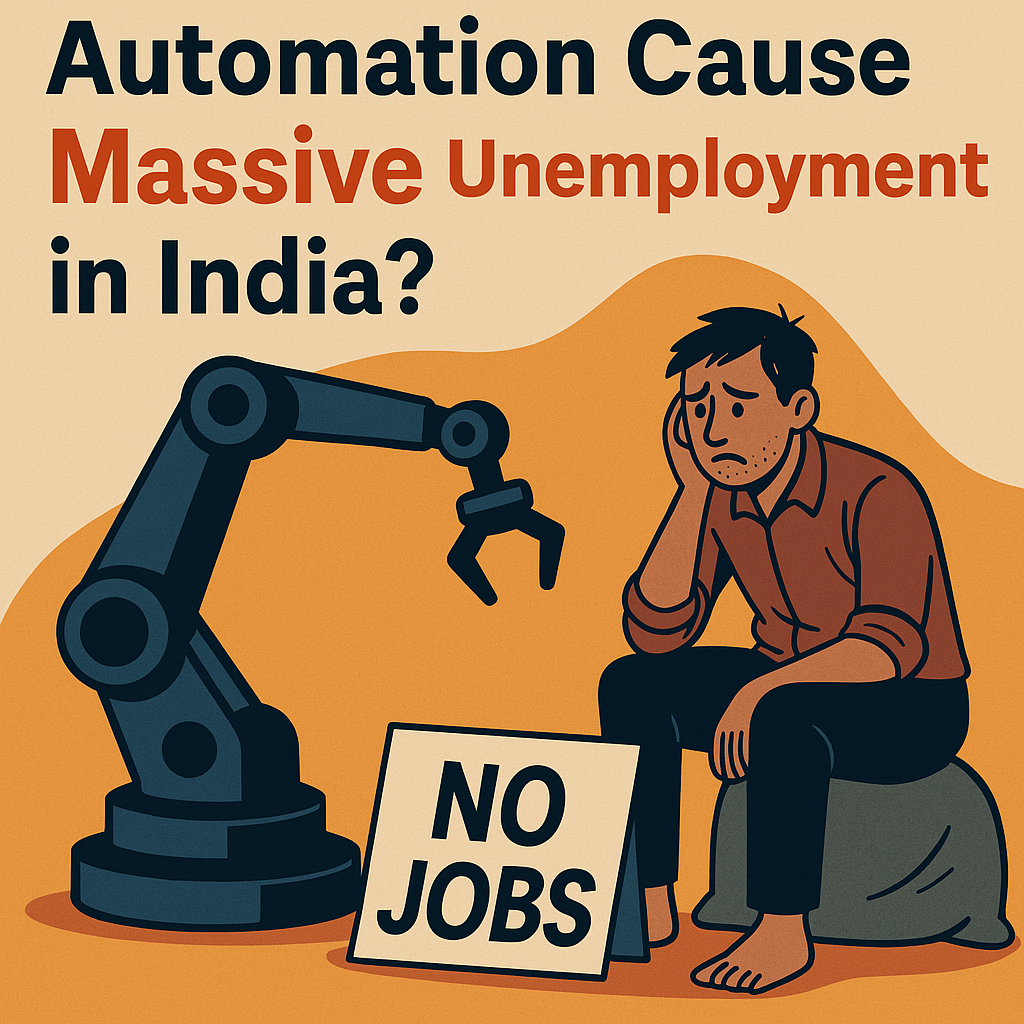


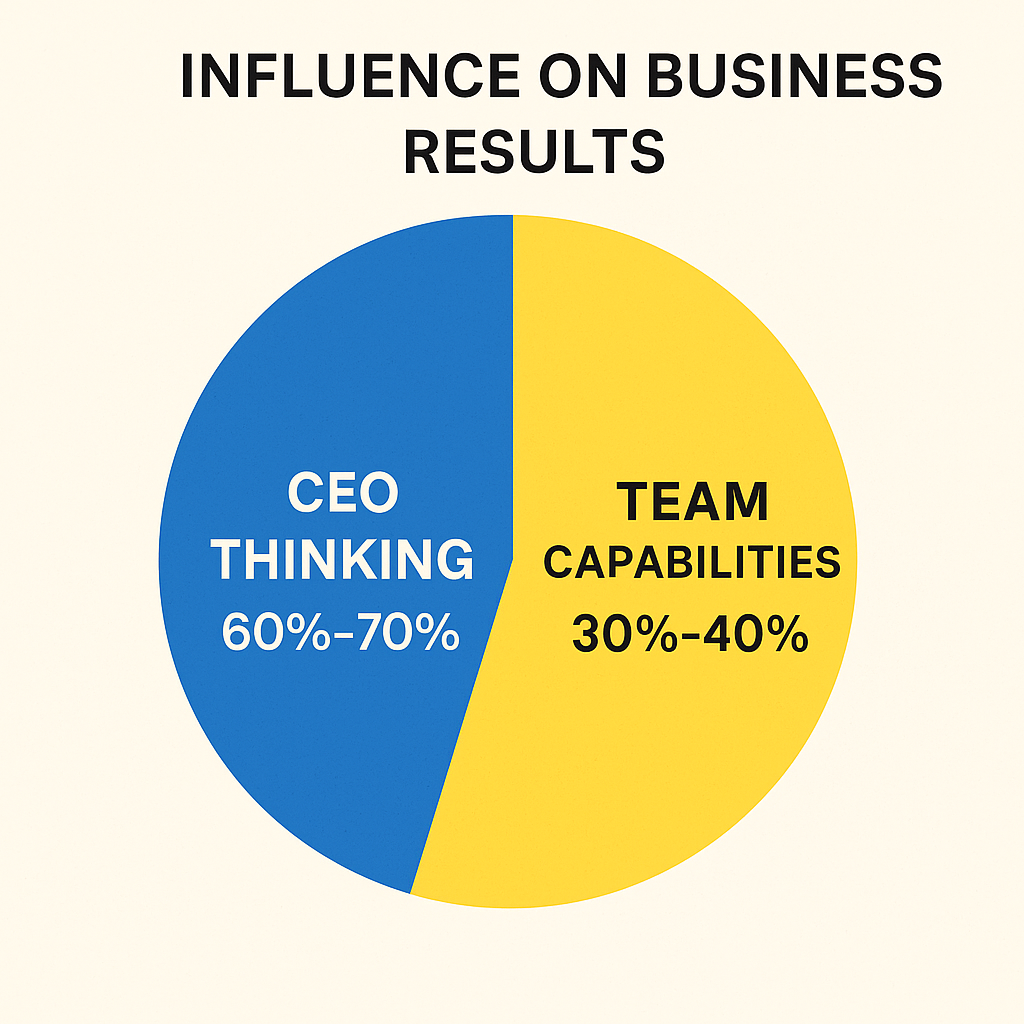
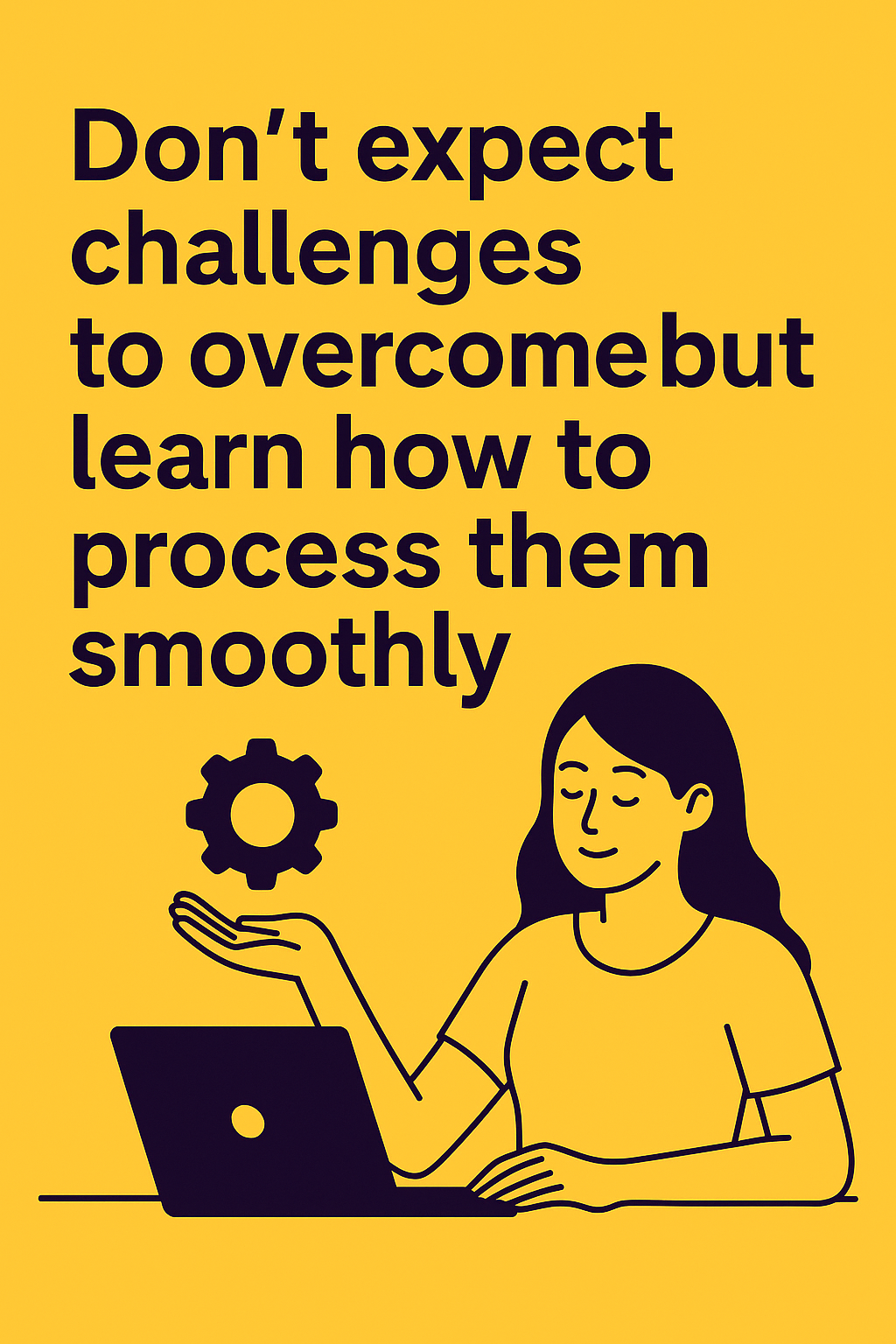
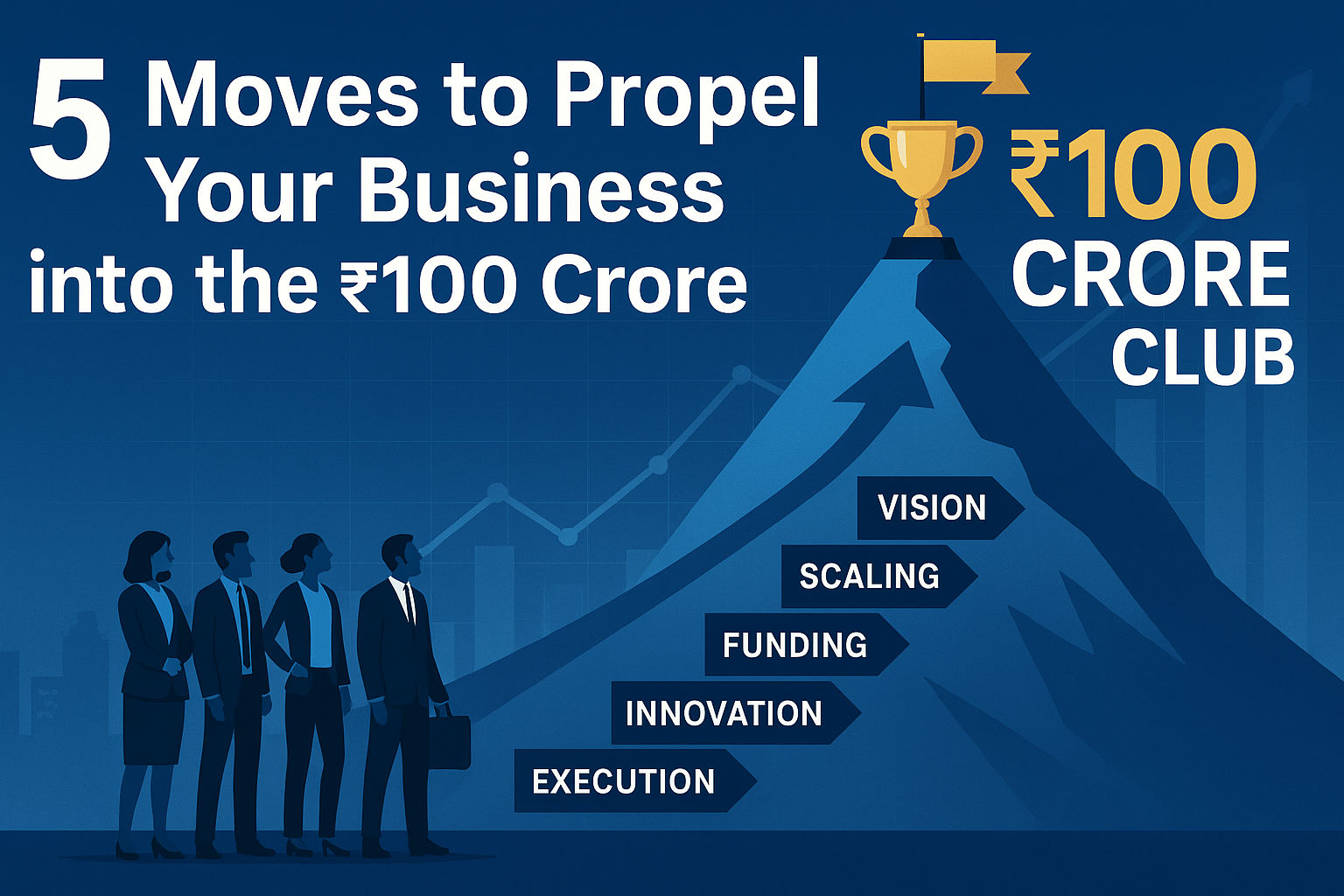



.png)

